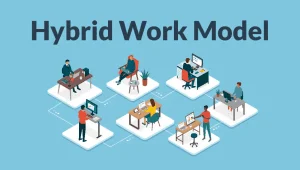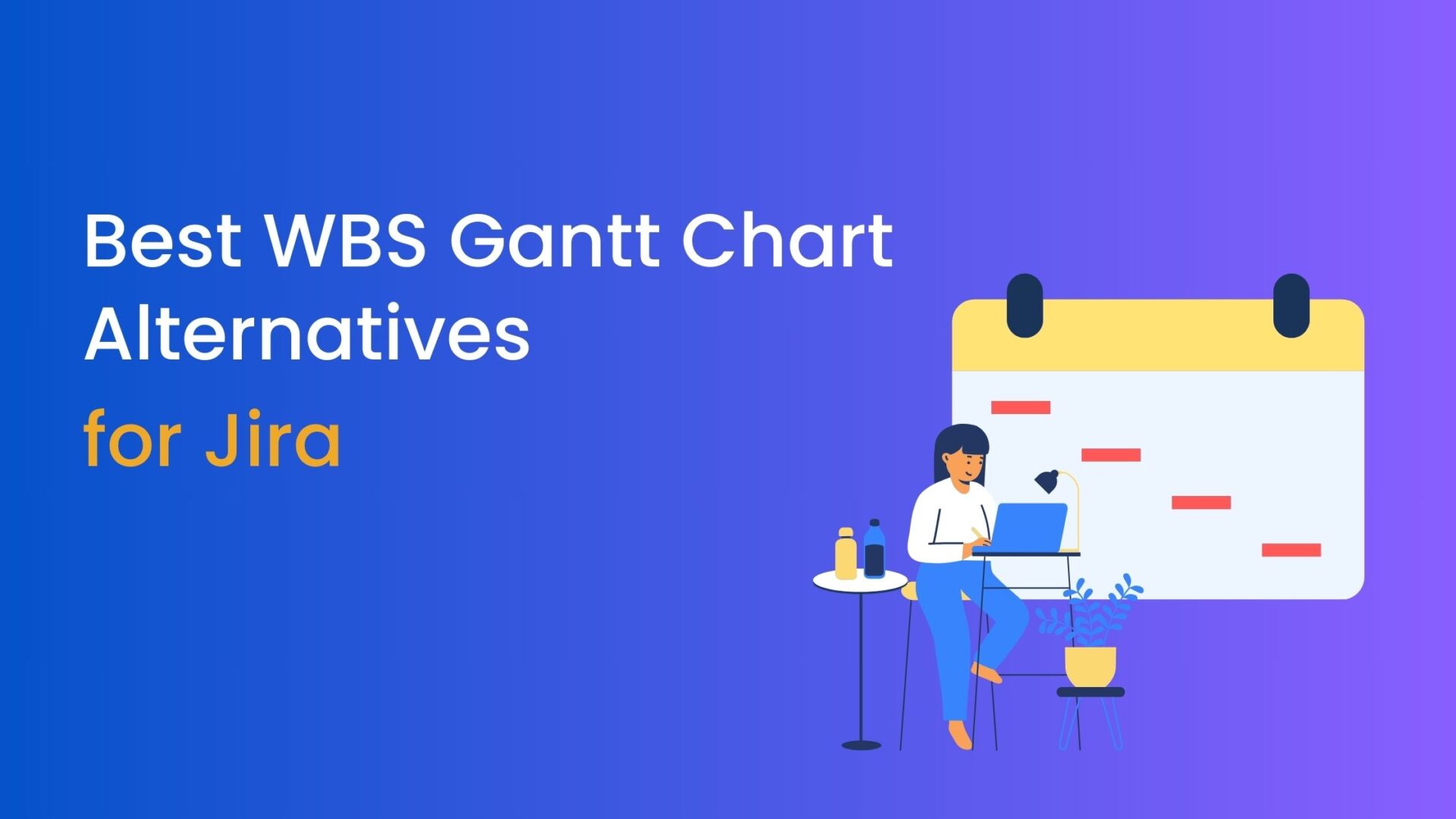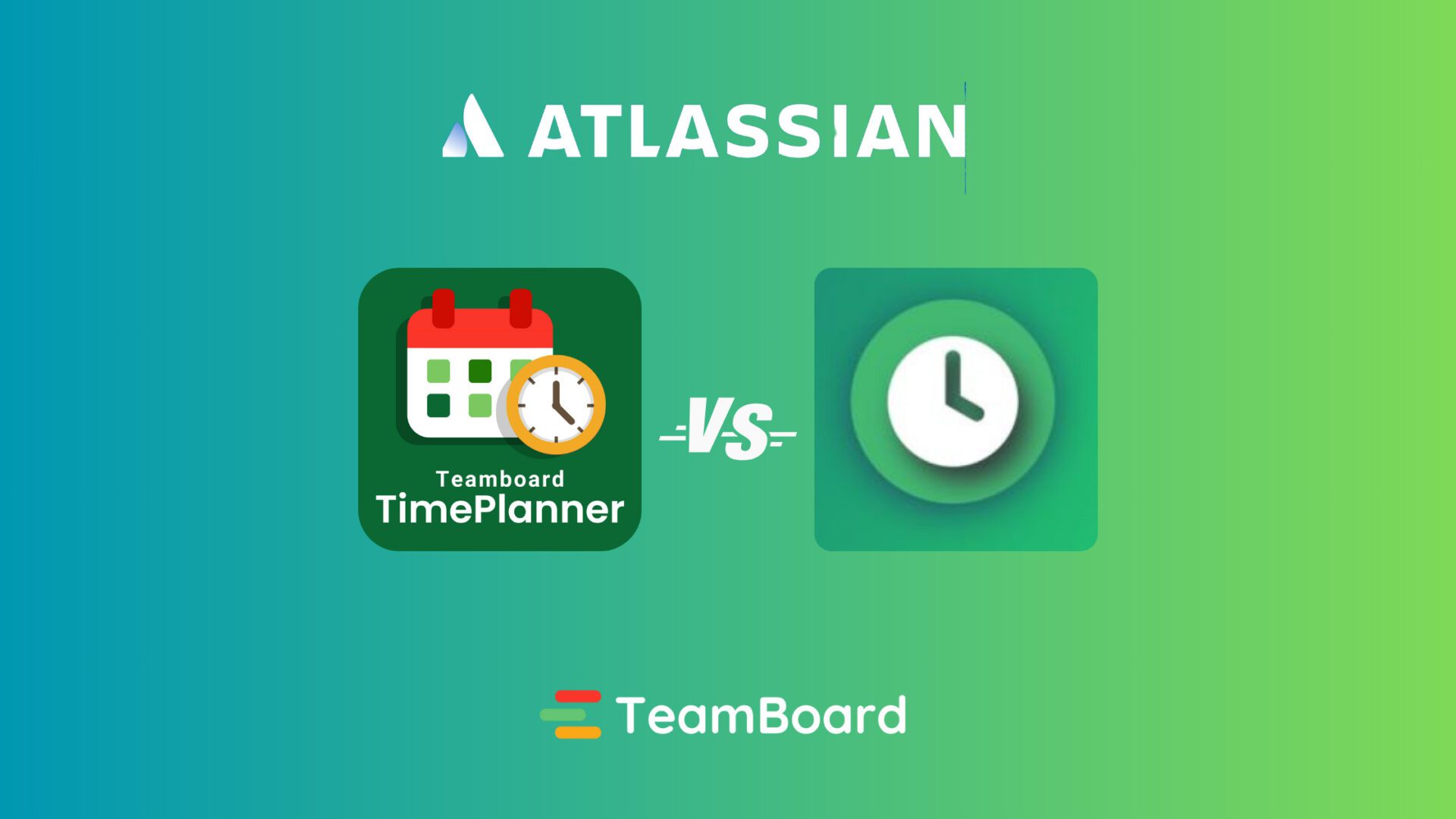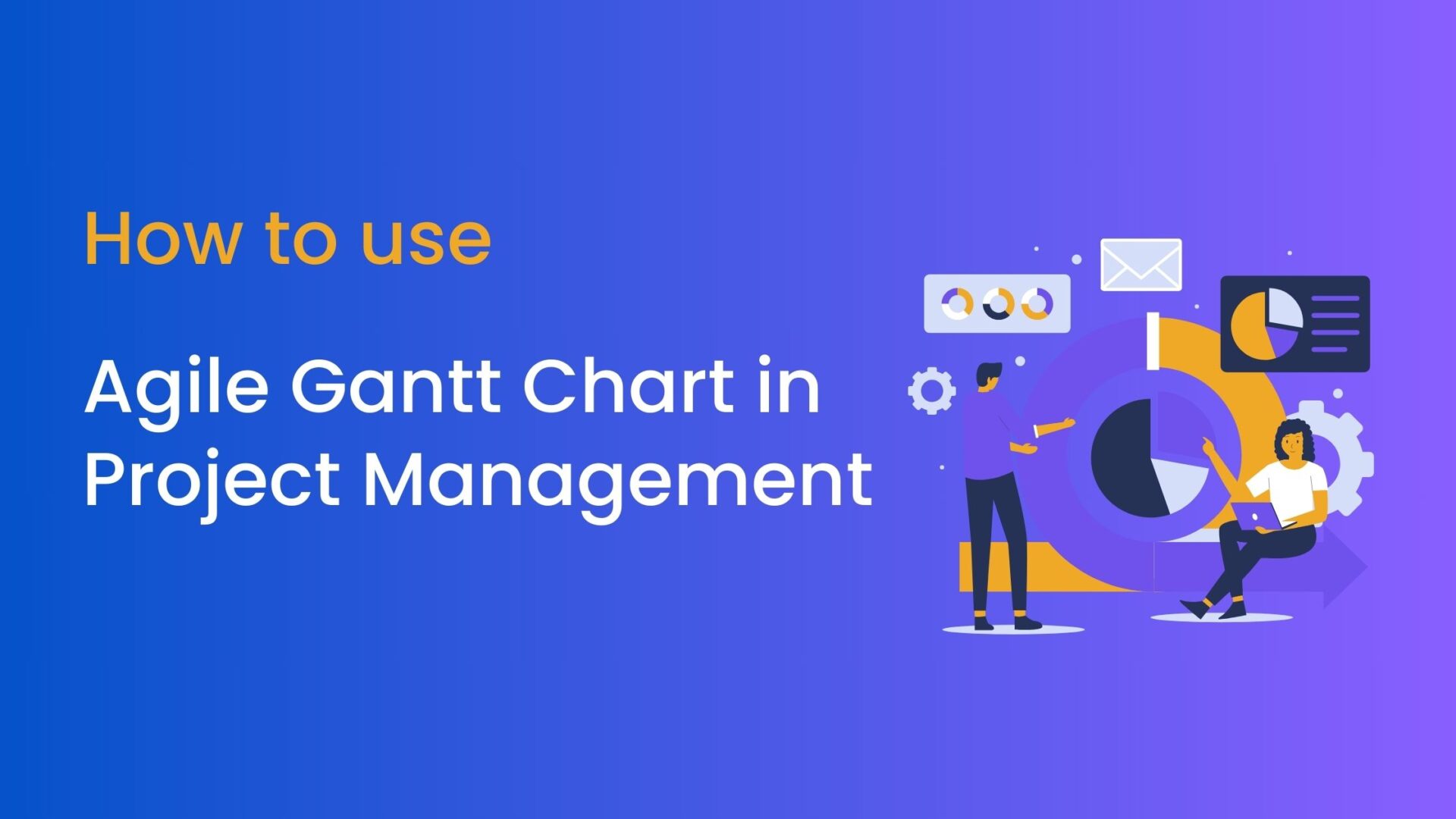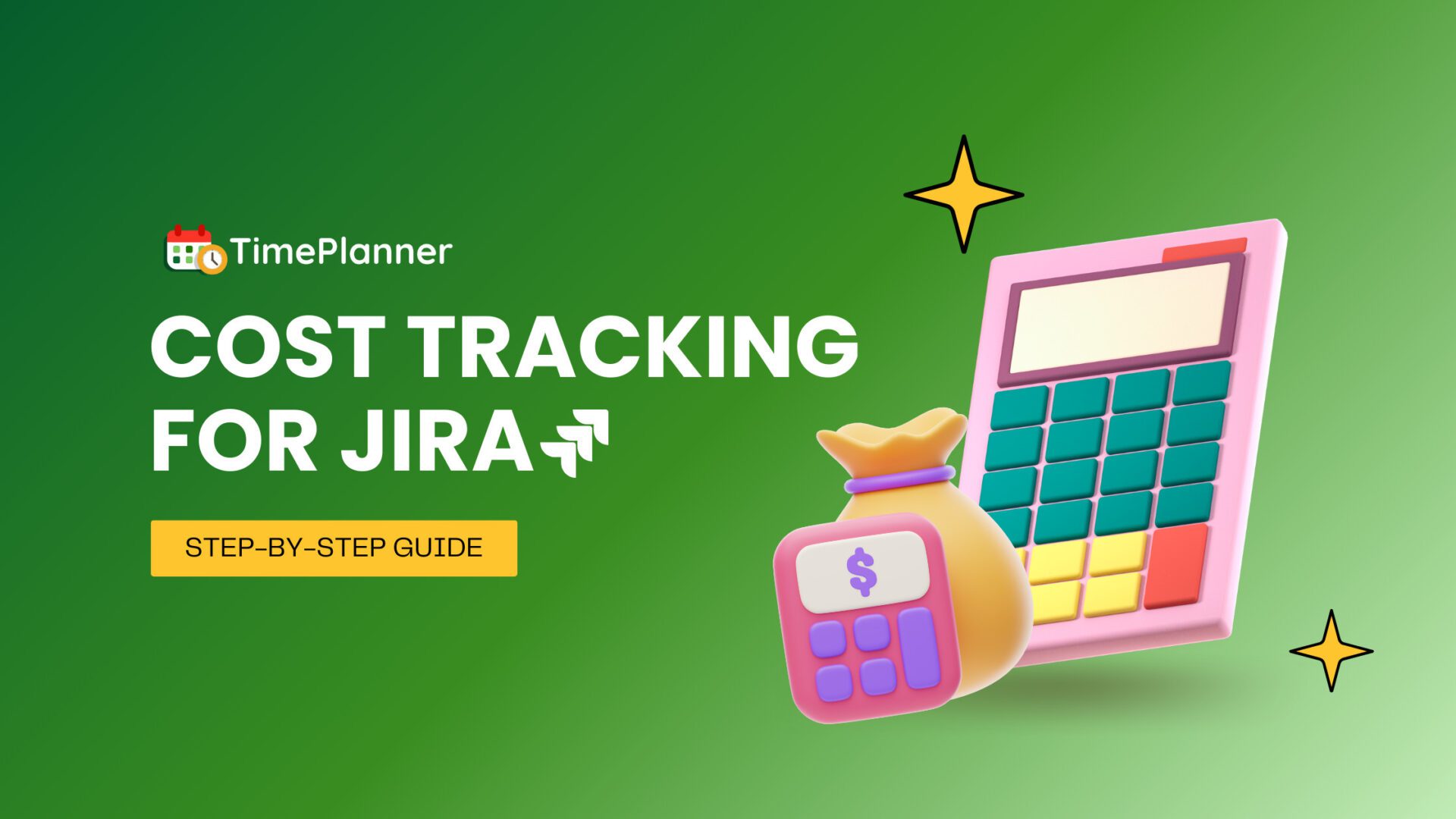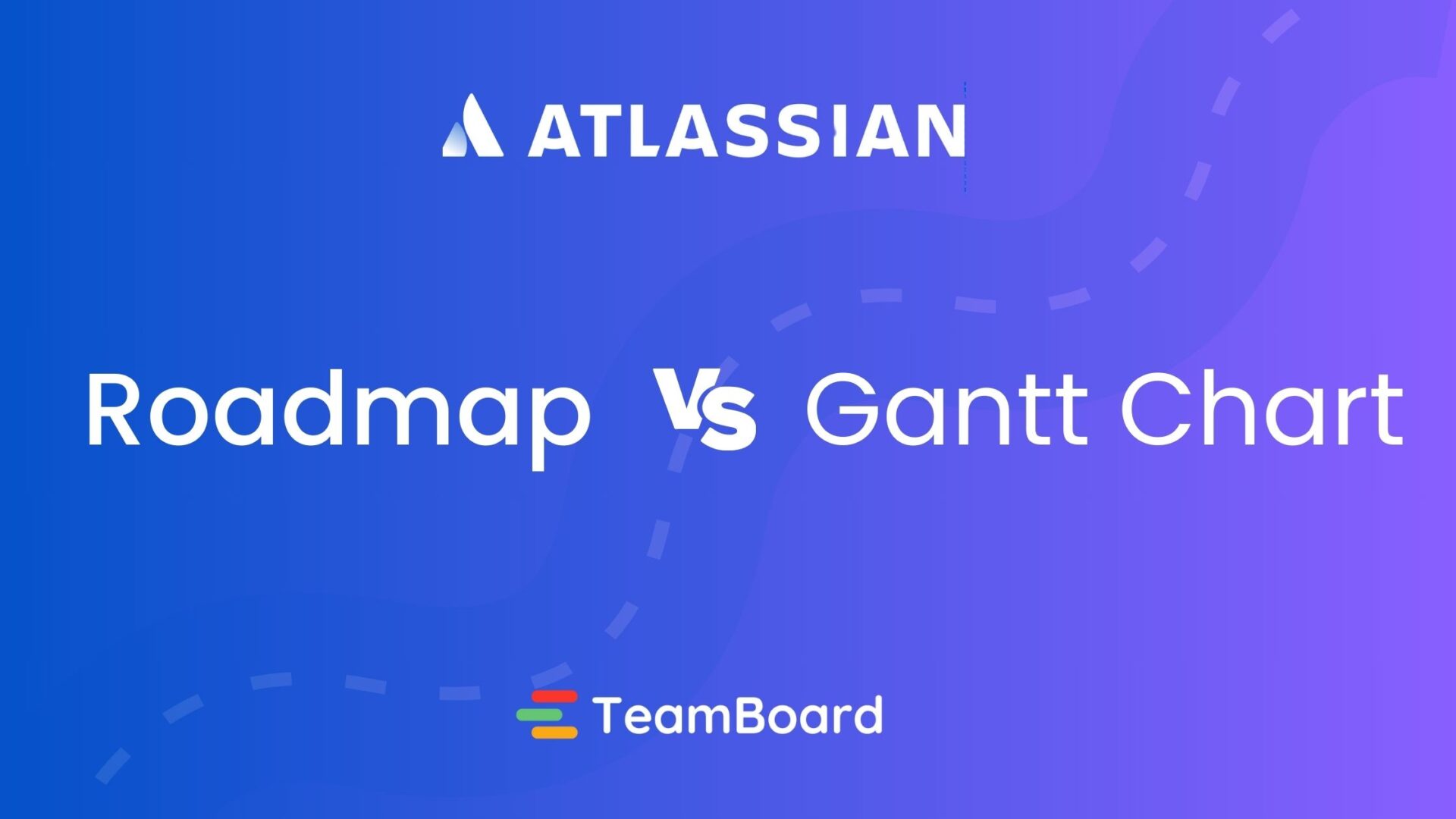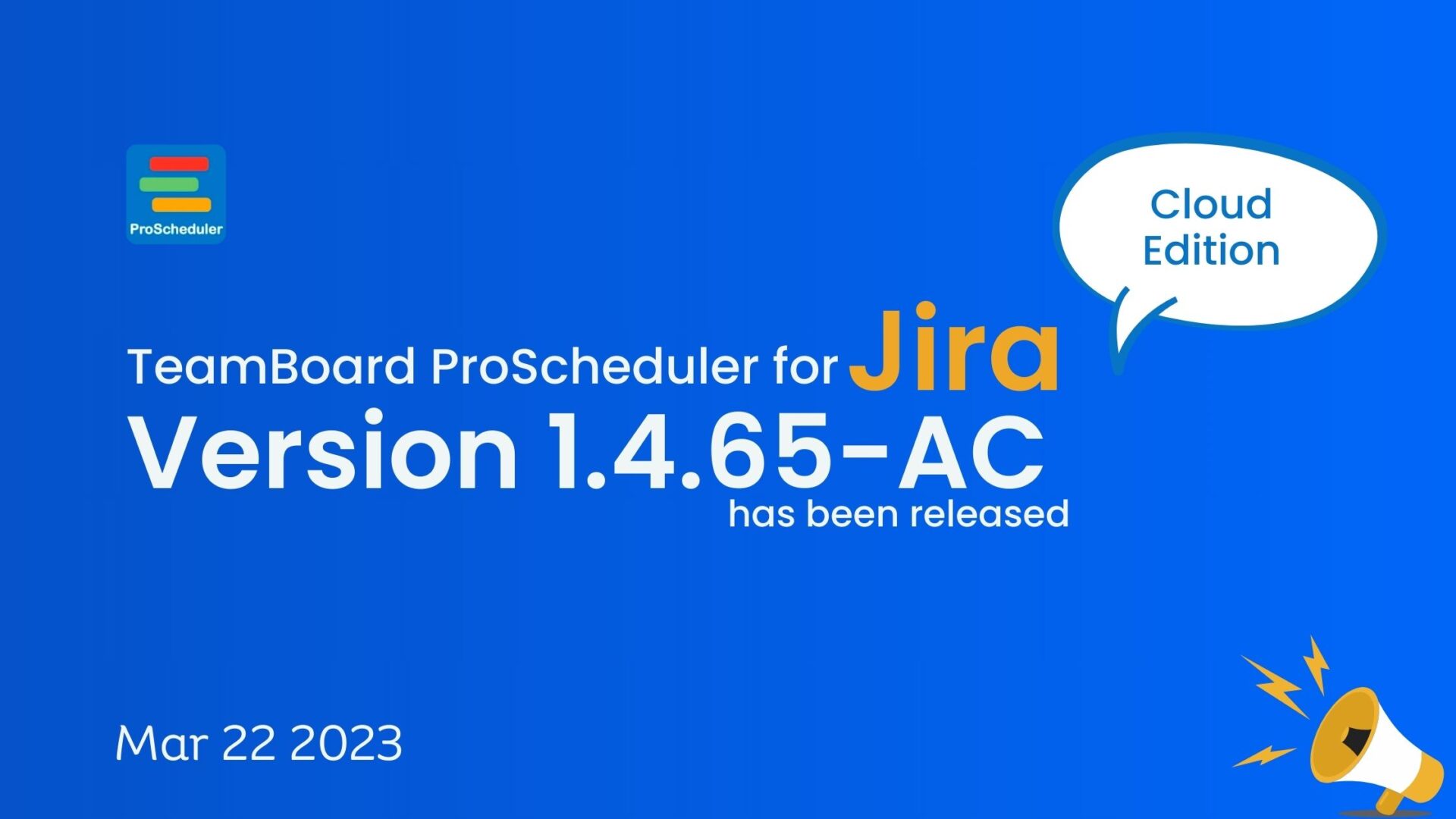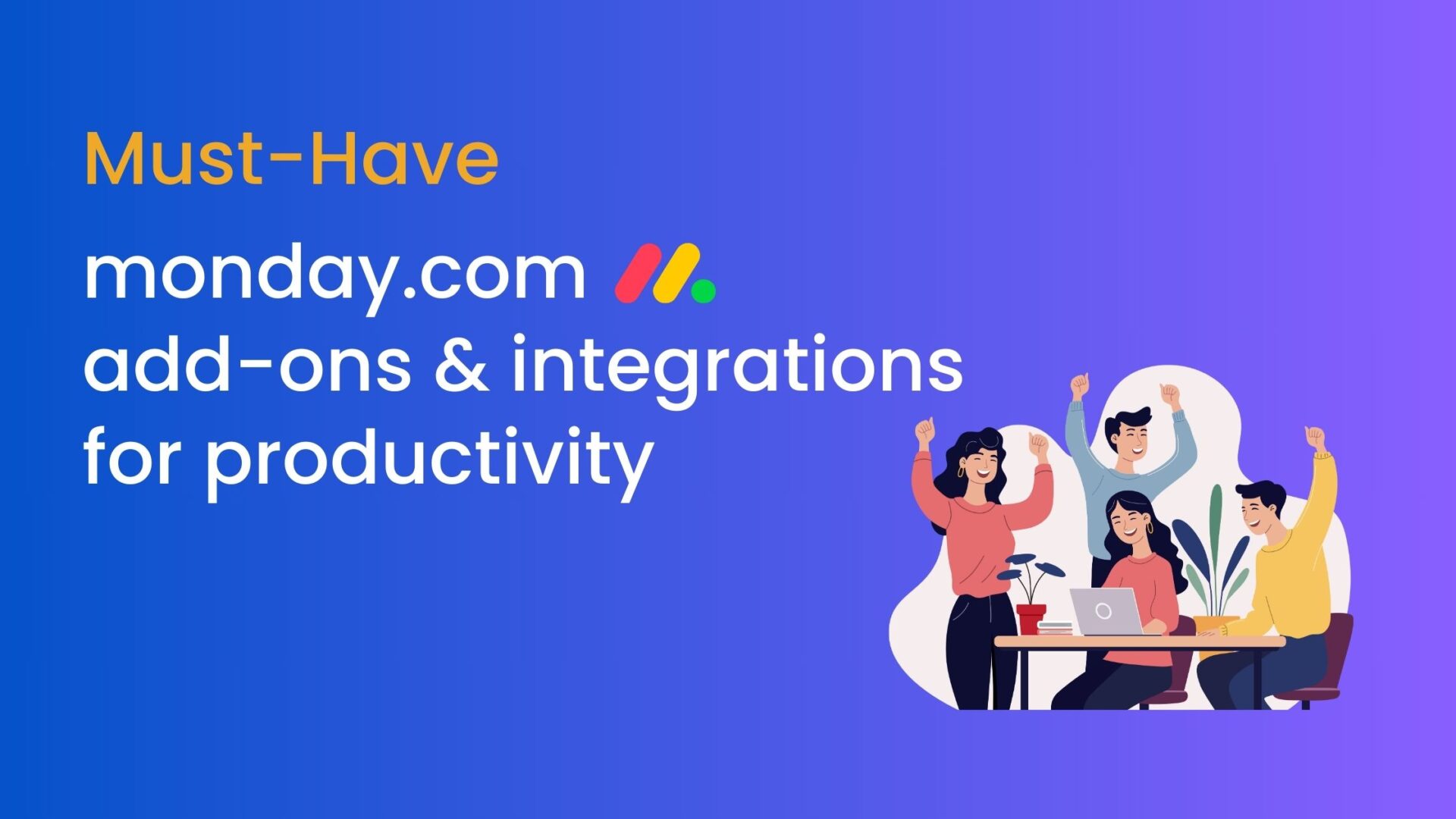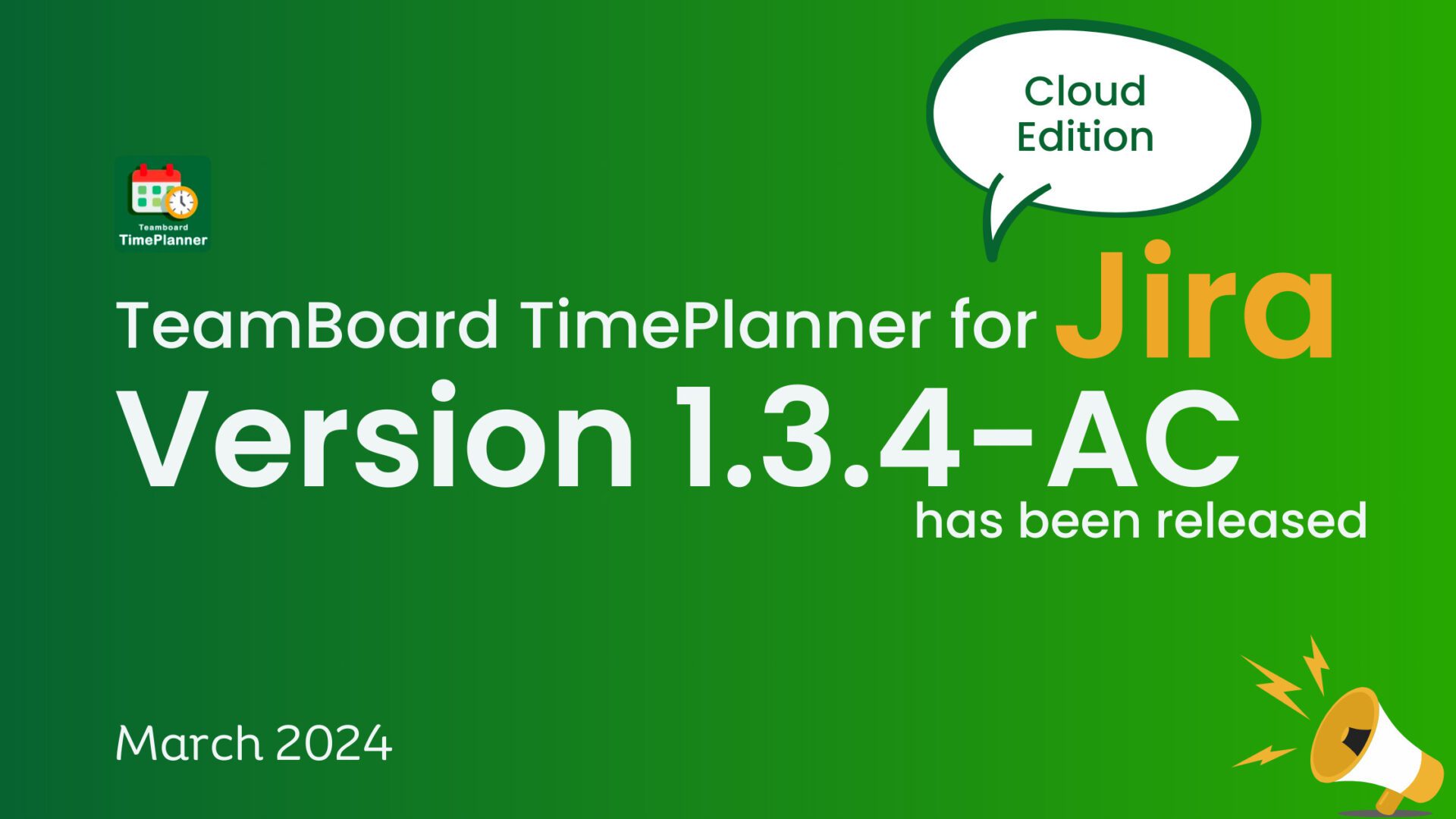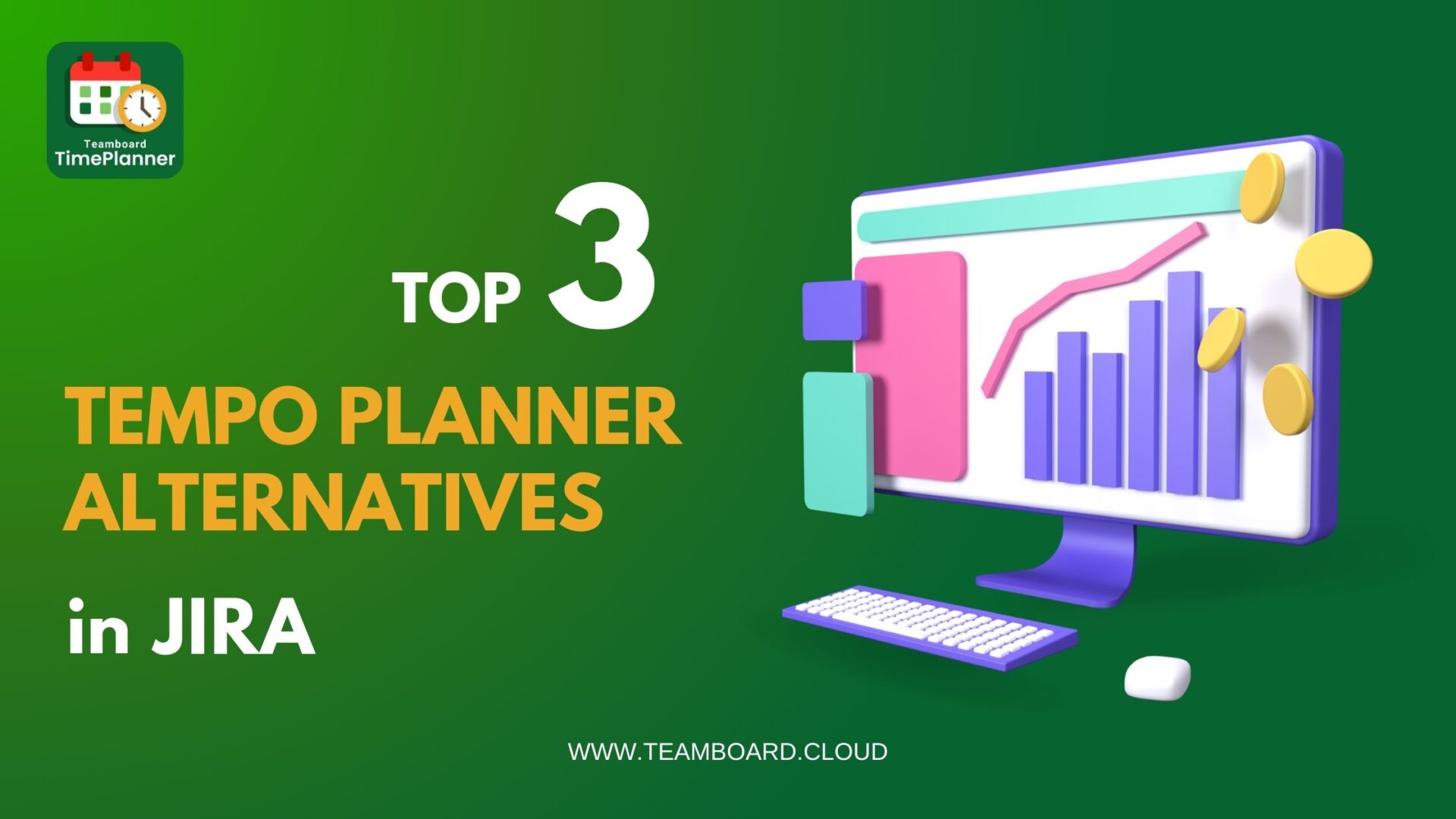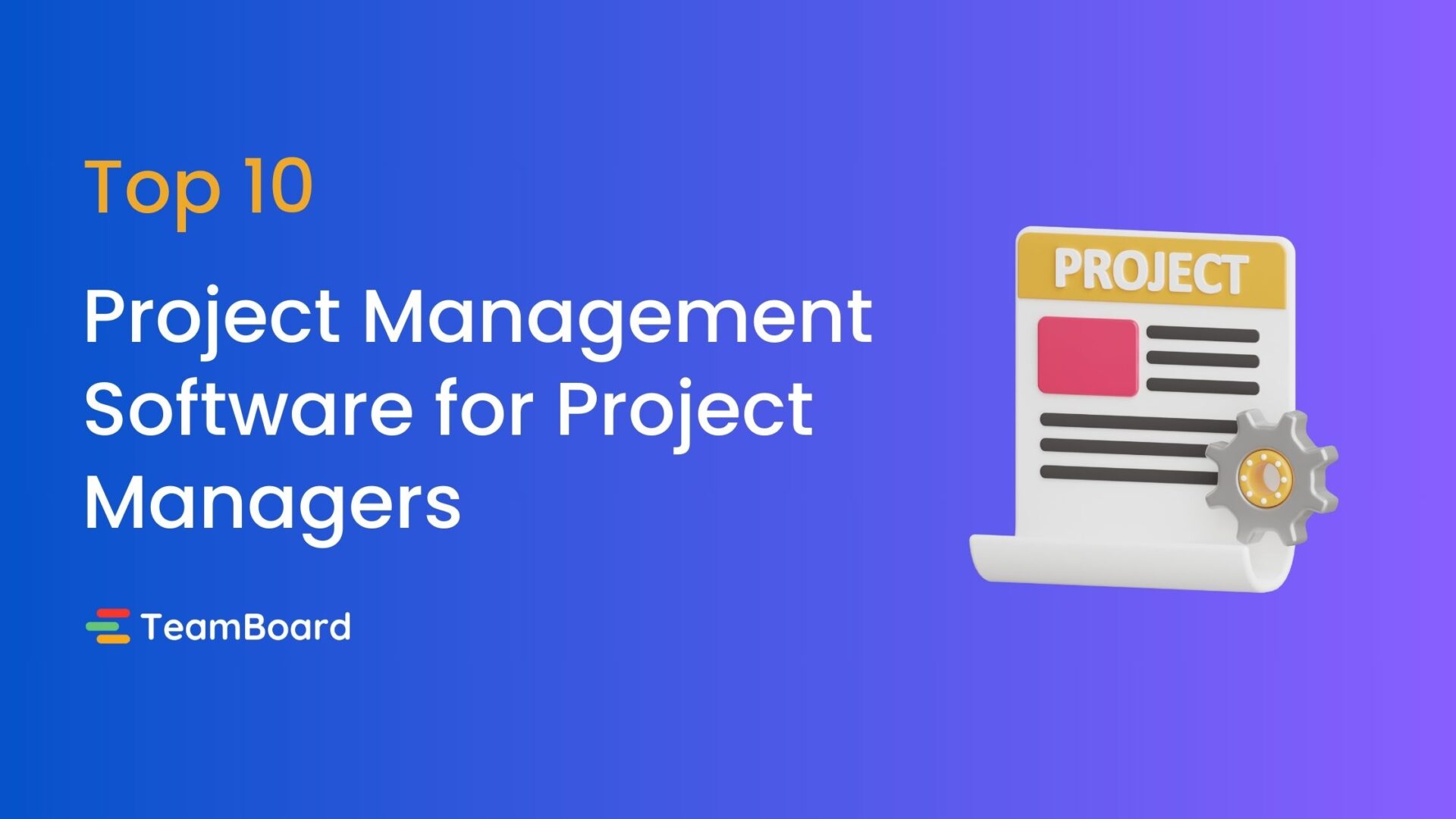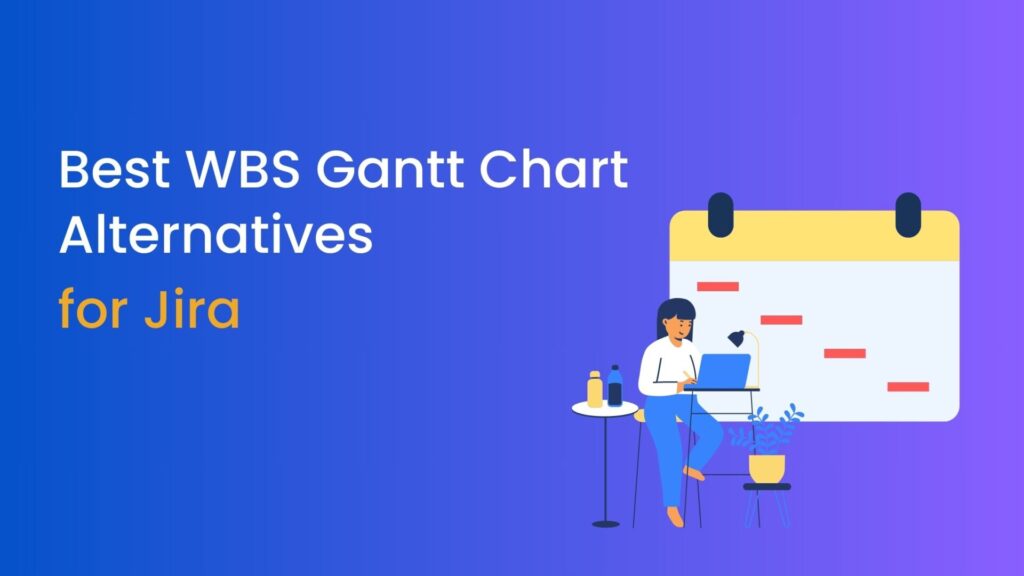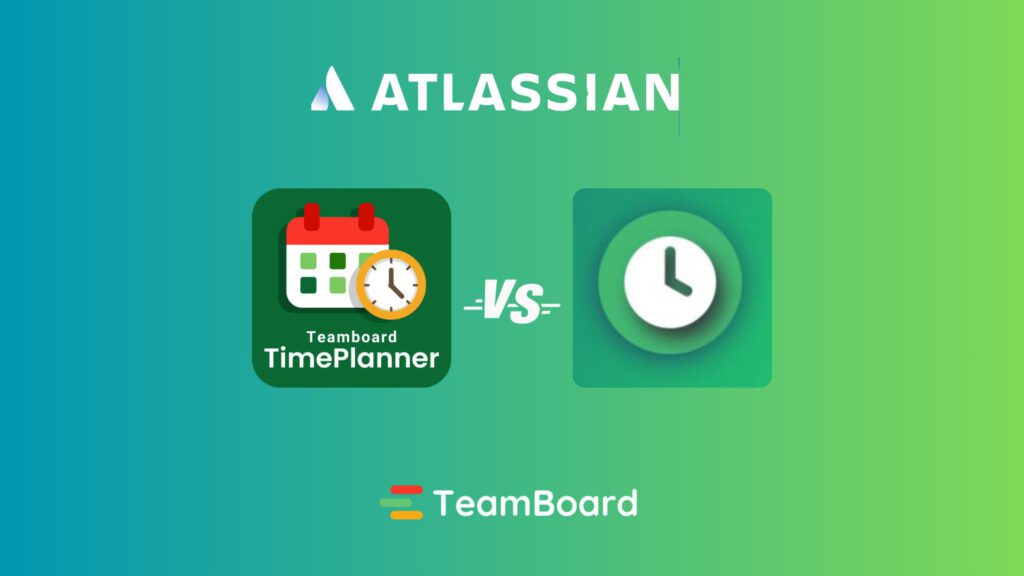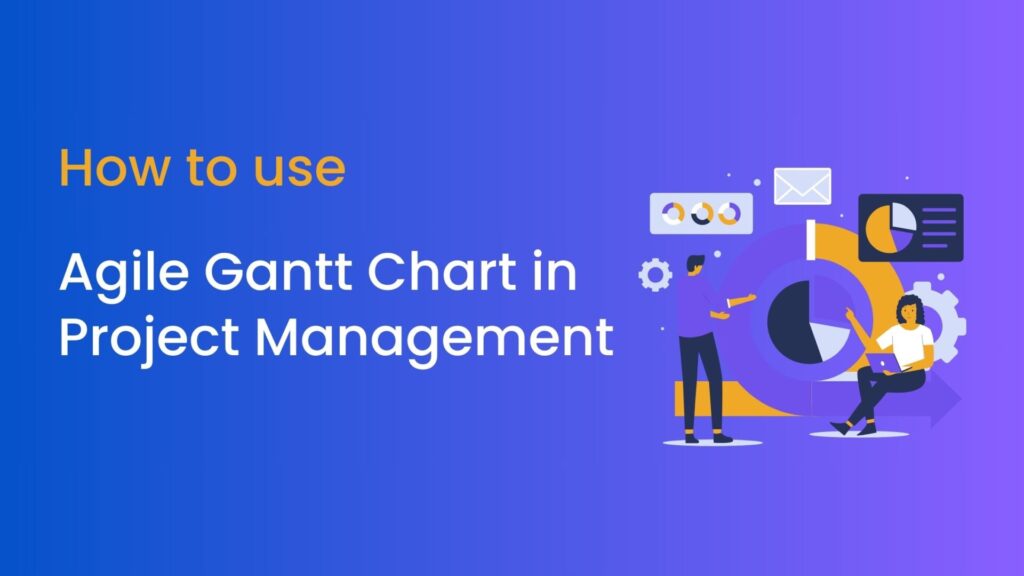Are you managing multiple projects and wondering how you plan them on a single Gantt Chart?
Gantt Chart is frequently used to manage a single project at a time. Devised by management consultant Henry Gantt in 1901, it shows the to-be-completed tasks allocated for a specific period, along with its start and end dates.
All types of businesses dealing with various projects recognize the benefits of the Gantt chart. As it has evolved over the years, some tools offer the Gantt charts to display,
- Interdependencies between the tasks,
- Highlighting assignee involved in the project
- Tasks completed before and after a specific task.
What is the Gantt chart?
It’s a graphical representation view used in project management. This chart is a plot of the time against the tasks allocated in the project. To run your project smoothly, create this chart before the start of the project. You can,
- Easily view the order of the task.
- Notice the project progress in terms of where you are and where you should be.
- Task start and finish time, as each task has a time allotment.
With the Gantt chart, you decide the course of action to take, plus monitor your projects to keep them on track. It assists in the planning phase of the project,
When you set up a Gantt chart, you think on
- Requirements or resources to create a task list?
- Who is responsible for each task?
- How long will each task take to complete?
- What problems may occur while you build in contingency time?
- What tasks are dependent on other tasks?
- What tasks can start together?
With a clear idea of the order of tasks,
- Sharing the order of activities
- Tasks that can occur at the same time,
- One task must be complete before,
- Others can start you can start filling in your Gantt chart.
Once you have the Gantt chart designed and agreed upon by the project stakeholders, you can use this one document to keep your team updated and aware of their tasks and goals.
All plans won’t run successfully, and it’s essential to change your plan at the right time. To modify your plan, update or reschedule your task to fit in the estimated milestone.
As the developers, use multiple tools to accelerate the project development phase. A Program manager handles multiple projects and shares the same resource between two or more projects. In such cases, a single Gantt Chart combining the details of all the projects is required to give the details of resources, tasks, and required time for completion.
Timeline view
The unique feature of having task details of all the projects on the same Gantt Chart is in the TeamBoard Jira plugin. Developed by the Devsamurai team, it is a unique design for program managers working on Agile projects.
A clear visual layout gives a bird-view of the goals of all the projects, individual teams goals, sprints, milestones under the same Gantt Chart.
Let’s discuss the unique features of Timeline View.
1. Drag and Drop your plans:
By dragging and dropping your project plans, you can easily schedule your tasks against the Gantt chart.
2. Adjust your start and end date:
The start and due dates can be changed on the fly, while keeping the tasks aligned, in sync with other tasks in the milestone.
3. A quick glimpse:
A right-click gives you the details of the task and schedule. Change the schedule of each task with a simple dialog displaying the details.
4. Colors for tasks status:
Set appropriate tasks colors in Gantt Chart. An impression of the Gantt Chart for stakeholders gives an idea of the project status and individual tasks. The status used is in progress, done, backlog, and blocked. Set and change your color preferences any time for any task.
5. Deadline driven:
Timeline view gives a confident picture that fits the multiple daily tasks, a sprint, or a quarter release.
6. Break your project plan:
Plan to start and finish every project. Timeline view breaks a big project into sprints. Check out the linked issues with the given tasks, to see projects together from start to finish.
7. Birds view on goals:
Tasks displayed in Timeline are in the pipeline, that ladders up to project goals. From allocating resources, linking the tasks, issues, and schedule, view intermediate goals and milestones in the same chart.
8. Managing and preventing workload:
Timeline helps you manage and prevent overload on team members. To make sure team members are not overburdened with work, it displays the resource working on the tasks and links the tasks with each other.
9. Dimensional view:
It’s great to have a dimensional view of tasks lined up for project completion. This view identifies the tasks that are linked and unrelated unlined tasks that could start together without dependency.
10. Ease in adjustments:
As most successfully planned and executed projects require adjustments, stretch the start and end day of the task or move the task horizontally to change the dates. Change the assignee or even the task title in a single click.
Additionally, you can add attachments, link issues, create sub-tasks, add your work log details.
11. Detail view of all the projects in the same view:
An essential functionality for program managers but usually missed in commercial tools. Programs managers can see the details of all the projects in the same Gantt Chart. It’s easy to allocate the same resources for multiple projects with different tasks.
Timeline saves time and frustration while planning for different projects with limited resources at the same time.
Take away:
The unique clear view of planned tasks, ladders up the multiple projects and company mission. Leave behind productivity gaps in ongoing projects, and work on projects where the task falls between the cracks. Now planning product sprints is made easy with the Timeline view of TeamBoard, at every step of your milestone.
Explore the Timeline for your project, the special feature of handling multiple projects is a boon for project managers working on Jira and Agile projects.



